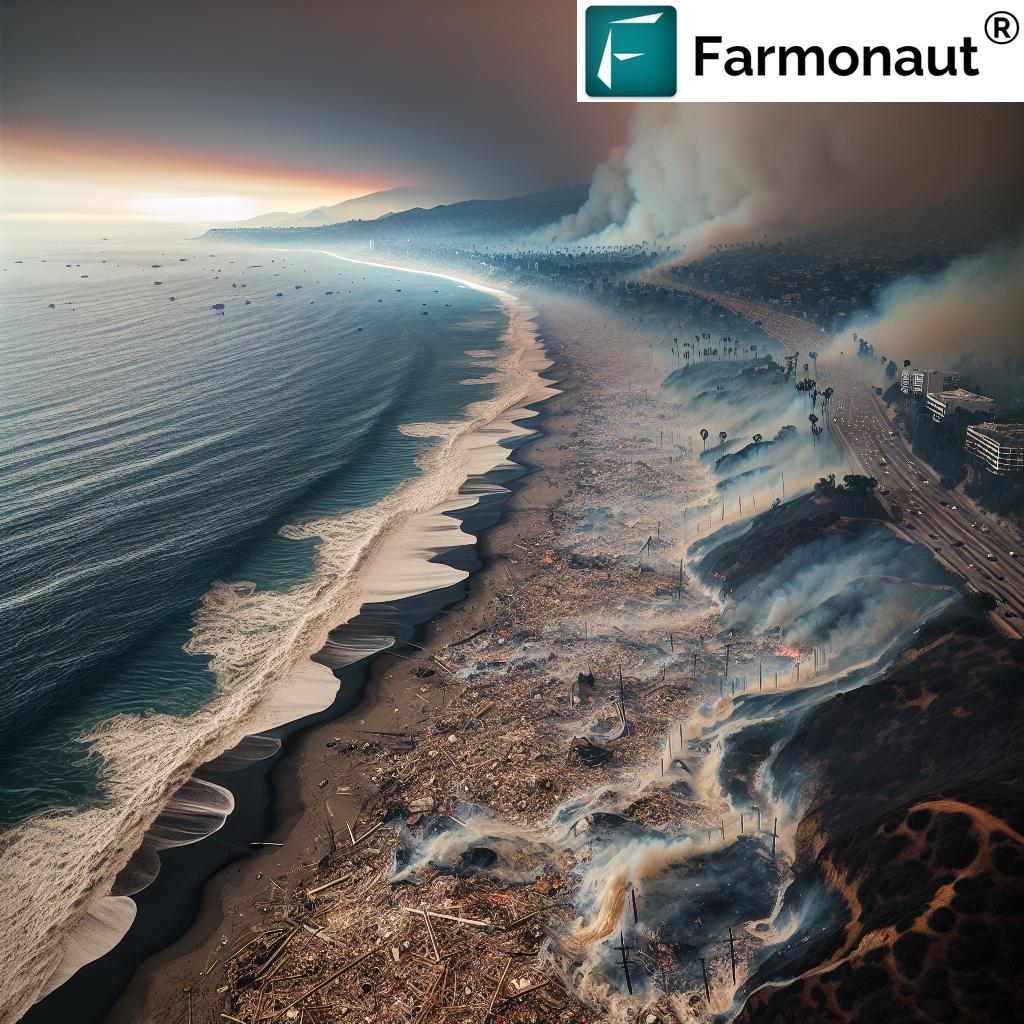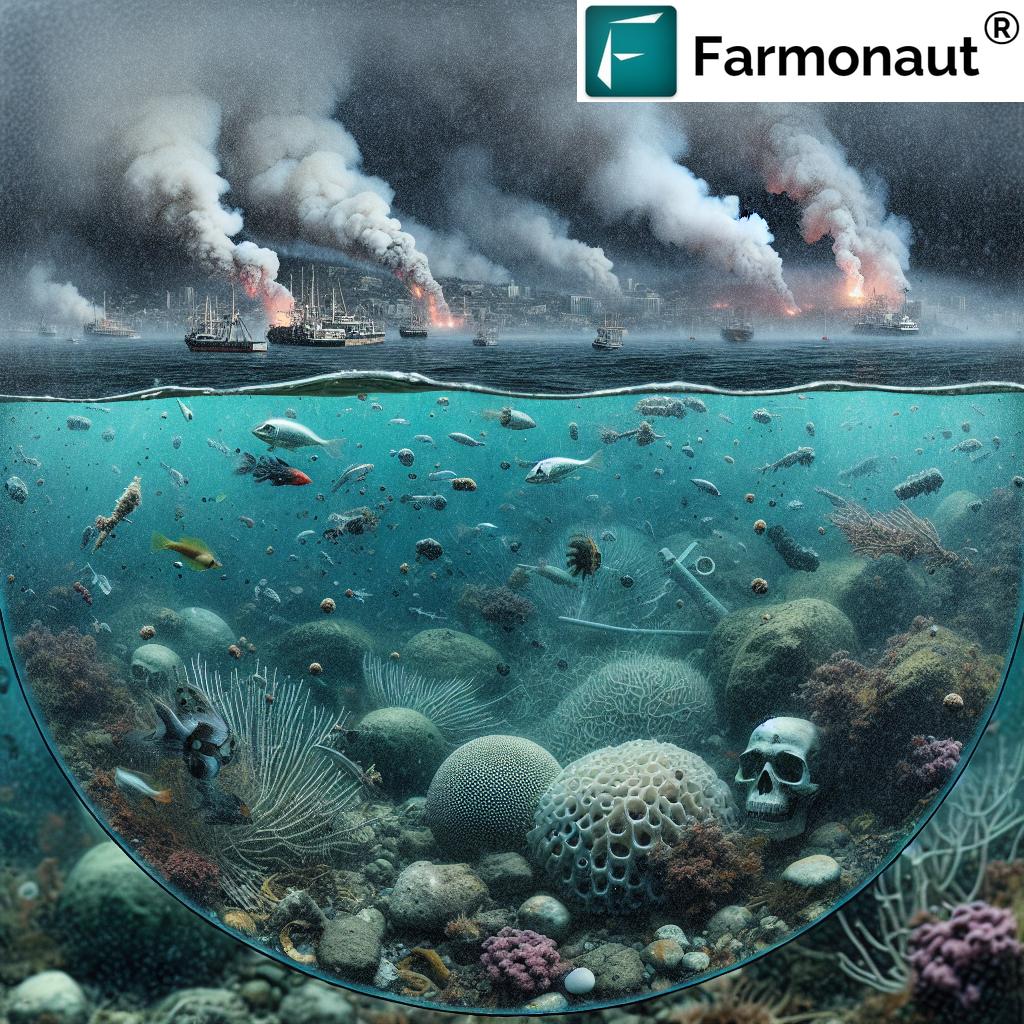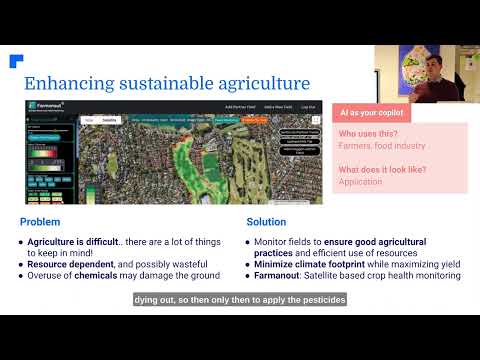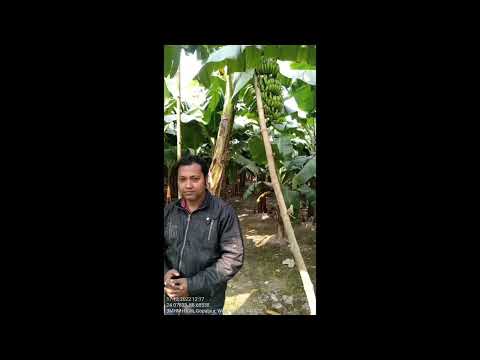Coastal Inferno: Los Angeles Wildfires’ Devastating Impact on Pacific Ocean Ecosystems
“Los Angeles wildfires have released toxic debris containing heavy metals and asbestos into coastal waters, affecting marine ecosystems.”
As we witness the devastating aftermath of recent wildfires in Los Angeles, our attention turns to an often-overlooked consequence: the profound impact on our coastal waters and marine ecosystems. The Palisades and Eaton fires, which ravaged thousands of homes, businesses, and vehicles along the Pacific Coast Highway, have left behind a toxic legacy that threatens to reshape the delicate balance of life in the Pacific Ocean.
The Coastal Inferno: A New Environmental Crisis
The recent wildfires in Los Angeles have created an unprecedented environmental crisis along the coastline. As urban areas near the Pacific Ocean burned, they released a cocktail of hazardous materials into the air and water. This toxic debris, containing everything from heavy metals and asbestos to chemicals from burnt electronics, now poses a severe threat to ocean water quality and marine life.
We at Farmonaut, while primarily focused on agricultural technology, recognize the interconnectedness of ecosystems and the potential far-reaching impacts of such environmental disasters. Our satellite-based monitoring systems, typically used for crop health assessment, can also provide valuable data on the extent of fire damage and potential runoff areas, contributing to a broader understanding of the situation.

The Toxic Trail: From Land to Sea
The path of destruction doesn’t end at the shoreline. As Tracy Quinn, president and CEO of Heal the Bay, observed, the water line has been darkened by ash, with burnt remnants of appliances strewn about the shore. This scene is not just an eyesore; it represents a significant environmental hazard.
- Immediate Contamination: Ash and debris from the fires have already been detected up to 100 miles offshore, carried by strong winds.
- Runoff Concerns: Rainfall following the fires poses an additional threat, as it can transport contaminants and trash through drains and rivers into the ocean.
- Mudslide Risks: The burned areas are now more susceptible to mudslides, which can further dump hazardous waste into the sea.
The situation calls for immediate action and long-term monitoring. While our focus at Farmonaut is on agricultural solutions, the technologies we employ, such as satellite imagery and AI-driven analysis, could potentially be adapted to assist in monitoring coastal areas for signs of contamination and ecosystem changes.
The Contaminants: A Toxic Soup
The debris from urban wildfires is far more harmful than that from forest fires. It contains a complex mixture of pollutants that can have severe and long-lasting effects on marine ecosystems:
- Heavy Metals: Lead, arsenic, and mercury from burnt structures and vehicles
- Asbestos: From older buildings and construction materials
- Plastics: Releasing microplastics and harmful chemicals as they burn
- Polycyclic Aromatic Hydrocarbons (PAHs): Formed during the combustion of organic materials
- Polychlorinated Biphenyls (PCBs): From burnt electrical equipment and old building materials
These contaminants pose significant risks to marine life and potentially to human health through the food chain. Our agricultural expertise at Farmonaut highlights the importance of soil and water quality in food production, and these same principles apply to marine ecosystems.
The Impact on Marine Ecosystems
The introduction of these toxins into the Pacific Ocean has far-reaching consequences for marine life:
- Water Quality Degradation: Increased pollution levels make the water unsafe for marine organisms and human activities like swimming and surfing.
- Disruption of Marine Food Chains: Contaminants can accumulate in smaller organisms and work their way up the food chain, potentially affecting larger predators and even humans who consume seafood.
- Habitat Destruction: Coastal habitats, crucial for many species, are at risk of contamination and physical damage from debris.
- Long-term Ecosystem Changes: The introduction of toxic materials can alter the delicate balance of marine ecosystems, potentially leading to long-lasting changes in species composition and ecosystem functions.
“Urban fire waste from recent Los Angeles wildfires threatens ocean water quality and marine life across miles of coastline.”

The Response: Mitigation and Monitoring
In the face of this environmental crisis, various agencies and organizations are taking action:
- Debris Flow Prevention: Los Angeles County officials have installed thousands of feet of concrete barriers, sandbags, and silt socks to prevent debris from reaching beaches.
- Water Quality Testing: State water officials are conducting extensive testing for a range of contaminants, including metals, volatile organic compounds, and microplastics.
- Beach Closures and Advisories: Public health officials have implemented beach closures and issued advisories to protect public health.
- Research Initiatives: Scientists are studying the dispersal and impact of fire-related contaminants on marine ecosystems.
At Farmonaut, we understand the importance of data-driven decision-making in environmental management. Our satellite-based monitoring systems and AI-powered analytics, while primarily designed for agricultural applications, demonstrate the potential of technology in addressing complex environmental challenges.
Long-term Consequences and Challenges
The full extent of the wildfires’ impact on Pacific Ocean ecosystems may not be known for years. Some of the long-term challenges and concerns include:
- Bioaccumulation of Toxins: Heavy metals and other pollutants can accumulate in marine organisms over time, potentially affecting the entire food web.
- Chronic Water Quality Issues: Ongoing leaching of contaminants from coastal soils could lead to persistent water quality problems.
- Changes in Marine Biodiversity: The altered environmental conditions may favor certain species over others, potentially leading to shifts in ecosystem composition.
- Human Health Risks: Contamination of seafood and recreational waters poses potential long-term health risks to coastal communities.
Addressing these challenges will require ongoing monitoring, research, and adaptive management strategies. While our work at Farmonaut focuses on terrestrial agriculture, the principles of environmental monitoring and data-driven decision-making are equally applicable to marine ecosystems.
The Role of Technology in Environmental Monitoring
Advanced technologies play a crucial role in understanding and addressing the impacts of wildfires on coastal ecosystems. At Farmonaut, we specialize in satellite-based monitoring for agricultural purposes, but similar technologies can be adapted for environmental monitoring:
- Satellite Imagery: High-resolution satellite images can track the spread of contaminants and monitor changes in coastal vegetation.
- AI and Machine Learning: These technologies can analyze vast amounts of data to detect patterns and predict potential environmental impacts.
- Remote Sensing: Various sensors can detect pollutants and monitor water quality from a distance.
- Data Integration Platforms: Combining data from multiple sources can provide a comprehensive view of ecosystem health.
While our focus at Farmonaut is on agricultural applications, the potential for these technologies to contribute to environmental monitoring and management is significant. For those interested in exploring how satellite technology can be applied to various environmental challenges, we invite you to check out our API or API Developer Docs.
The Way Forward: Integrating Land and Sea Management
The Los Angeles wildfires and their impact on Pacific Ocean ecosystems highlight the need for integrated approaches to environmental management. Some key considerations for the future include:
- Improved Urban Planning: Developing fire-resistant communities and buffer zones between urban areas and natural habitats.
- Enhanced Waste Management: Implementing strategies to reduce the potential for toxic materials to enter the environment during disasters.
- Ecosystem-based Management: Adopting holistic approaches that consider the interconnections between terrestrial and marine ecosystems.
- Climate Change Mitigation: Addressing the root causes of increased wildfire frequency and severity through climate action.
At Farmonaut, we believe in the power of technology to drive sustainable practices. While our primary focus is on agricultural solutions, the principles of data-driven decision-making and resource optimization are applicable across various environmental challenges.
Coastal Wildfire Impact Matrix
| Impact Category | Contaminants | Short-term Effects | Potential Long-term Consequences | Severity Rating |
|---|---|---|---|---|
| Surface Water Quality | Heavy metals, ash, chemicals | Increased turbidity, toxicity | Persistent pollution, altered pH levels | High |
| Marine Vegetation | Toxic runoff, sediment | Smothering, reduced photosynthesis | Habitat loss, ecosystem shifts | Medium |
| Fish Population | Heavy metals, PAHs | Acute toxicity, behavioral changes | Bioaccumulation, reproductive issues | High |
| Coastal Birds | Contaminated prey, polluted habitats | Poisoning, habitat disruption | Population declines, food web disruptions | Medium |
| Benthic Organisms | Settled contaminants, altered sediment | Smothering, toxic exposure | Community structure changes, bioaccumulation | High |
Conclusion: A Call for Integrated Environmental Stewardship
The devastating impact of Los Angeles wildfires on Pacific Ocean ecosystems serves as a stark reminder of the interconnectedness of our environment. From the scorched hills to the contaminated shorelines, we are witnessing a complex environmental crisis that demands immediate attention and long-term commitment to restoration and protection.
As we move forward, it is crucial to adopt an integrated approach to environmental management, one that recognizes the links between terrestrial and marine ecosystems. This approach should encompass:
- Comprehensive monitoring programs that track contaminants from source to sea
- Innovative cleanup technologies to address both immediate and long-term pollution
- Stricter regulations on the use and disposal of hazardous materials in fire-prone areas
- Enhanced public education on the far-reaching consequences of urban wildfires
- Increased funding for research into the long-term effects of fire-related pollution on marine ecosystems
At Farmonaut, while our primary focus is on agricultural technology, we recognize the importance of holistic environmental management. The principles of data-driven decision-making, sustainable resource use, and ecosystem health that guide our agricultural solutions are equally relevant to addressing the challenges faced by our coastal and marine environments.
As we continue to develop technologies that help farmers optimize their practices and reduce environmental impact, we remain committed to the broader goal of environmental stewardship. We encourage all stakeholders – from policymakers to citizens – to recognize the profound connections between land and sea, and to work together towards comprehensive solutions that protect our precious coastal ecosystems for generations to come.
FAQ Section
Q: How do Los Angeles wildfires affect the Pacific Ocean?
A: Los Angeles wildfires release toxic debris containing heavy metals, chemicals, and other pollutants into coastal waters. This contamination can harm marine life, degrade water quality, and potentially enter the food chain, affecting ecosystem health and human activities like fishing and recreation.
Q: What are the main contaminants from urban wildfires that threaten marine ecosystems?
A: The main contaminants include heavy metals (like lead and mercury), asbestos, chemicals from burnt plastics and electronics, polycyclic aromatic hydrocarbons (PAHs), and polychlorinated biphenyls (PCBs).
Q: How long will the effects of wildfire contamination last in the ocean?
A: The effects can persist for years or even decades. Some contaminants, like heavy metals, can accumulate in marine organisms and sediments, potentially causing long-term changes in ecosystem health and structure.
Q: What measures are being taken to mitigate the impact of wildfires on coastal waters?
A: Measures include installing barriers to prevent debris flow, conducting extensive water quality testing, implementing beach closures and advisories, and initiating research projects to study the dispersal and impact of fire-related contaminants.
Q: How can technology help in monitoring and addressing wildfire impacts on marine ecosystems?
A: Technologies like satellite imagery, AI-driven analysis, remote sensing, and data integration platforms can help track contaminant spread, monitor water quality, and predict potential environmental impacts, enabling more effective response and management strategies.
Explore Farmonaut’s Solutions
While our focus is on agricultural technology, the principles and technologies we use at Farmonaut have broader applications in environmental monitoring and management. To learn more about our innovative solutions:
Earn With Farmonaut: Affiliate Program
Earn 20% recurring commission with Farmonaut’s affiliate program by sharing your promo code and helping farmers save 10%. Onboard 10 Elite farmers monthly to earn a minimum of $148,000 annually—start now and grow your income!
Farmonaut Subscriptions








